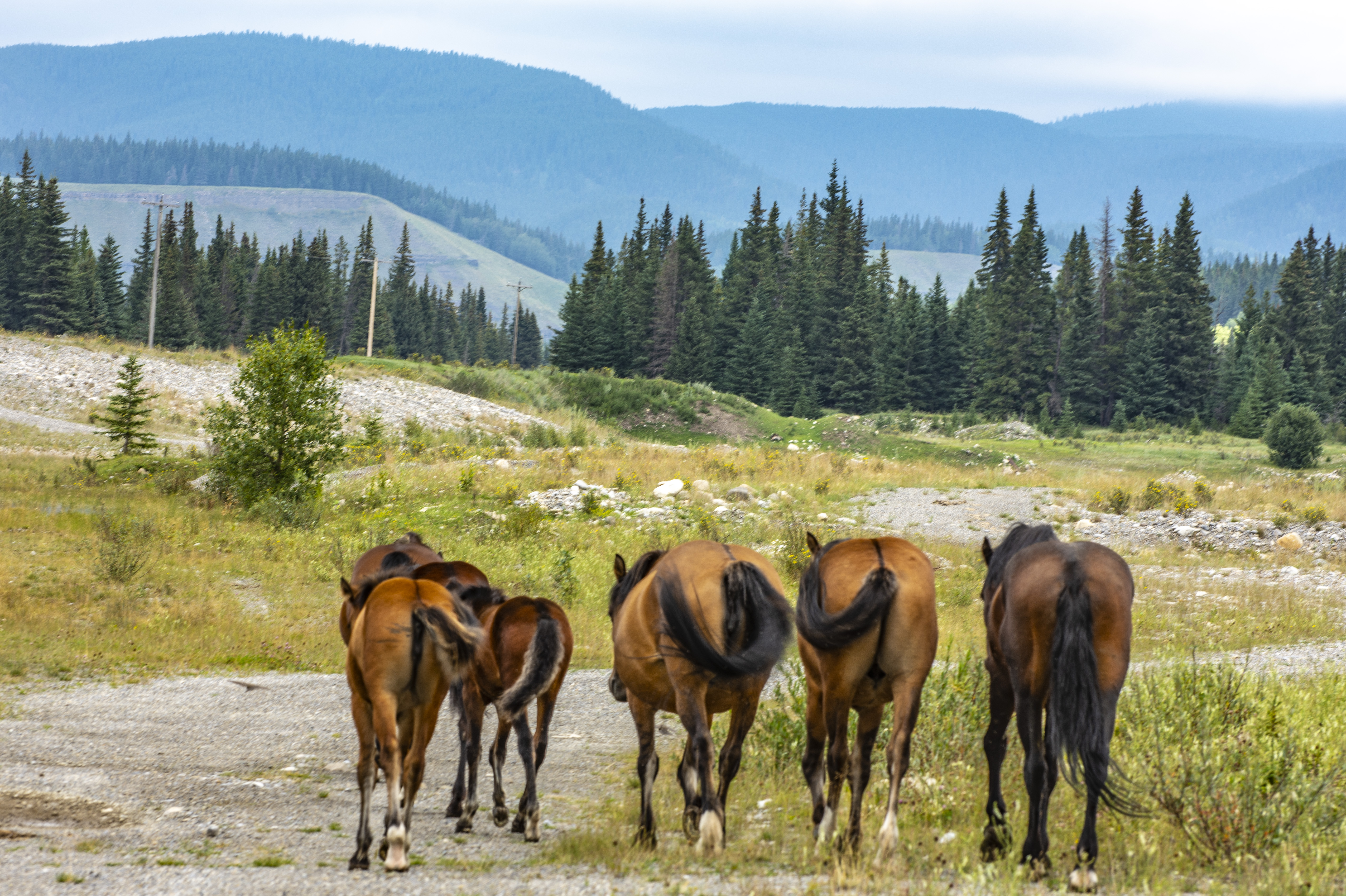KidZone Animals
Horses: Science
There are many types of horses in the world--over 300, in fact! The entire biological family of horses is referred to as Equidae, which includes related subspecies like the Mongolian wild horse and other animals like zebras and donkeys. Horses belong to the species Equus ferus, which also includes the two truly untamed horse breeds, the Przewalski’s horse and the now extinct Tarpan horse! Most horses you come across will specifically belong to Equus ferus caballus or the domestic horse. The horses in these photographs are simply untamed domestic horses (E. ferus caballus).
Like other species in both the family Equidae and the species E. ferus, horses are herbivores. This means that their diets are made up entirely of vegetation. And horses definitely love to eat their grass... and their sweets!
It is thought that horses were first domesticated (when wild animals are turned into farm animals or pets) an impressive 6,000 years ago! Horses have survived so well for so long probably because of their quick instincts, speed, and impressive balance. Their herbivorous nature makes horses prey to many predators. Thus, horses have adapted and maintained an impressive "fight-or-flight" response! It is safe to say that horses are aware of what is around them, always.
have an excellent sense of taste, hearing, smell, and sight (with eyes positioned helpfully on the sides of their heads as opposed to the front like humans). They can see really well in the day or in the night, and it is up for scientific debate as to whether or not horses are colour-blind or if their anatomy is much more complex. And if their impressive senses are not enough to wow you, horses have made numerous adaptations over millions of years and now boast very unique traits in areas of teeth, sleep, and so on!
The natural life expectancy for horses is around 25 to 30 years.

